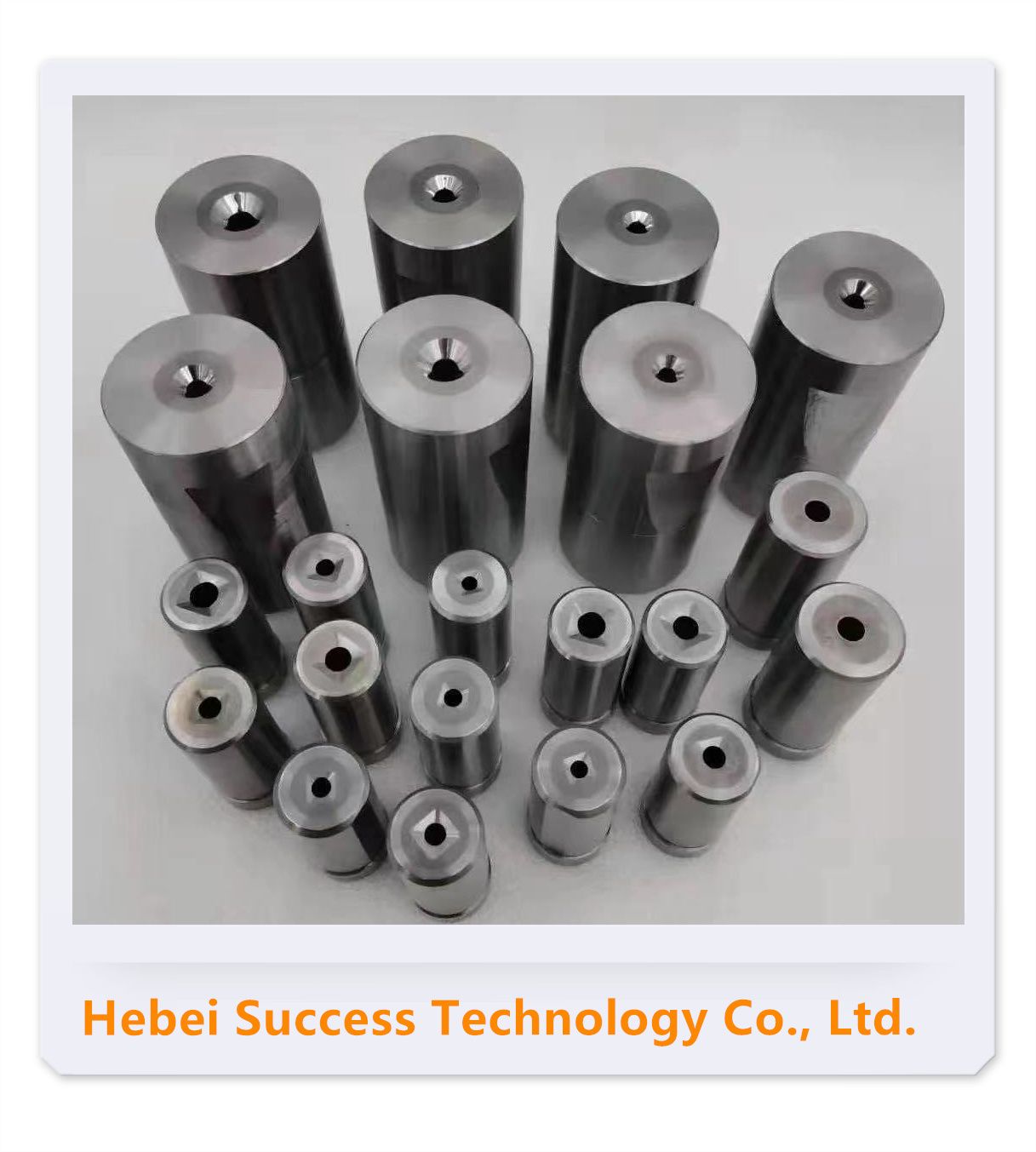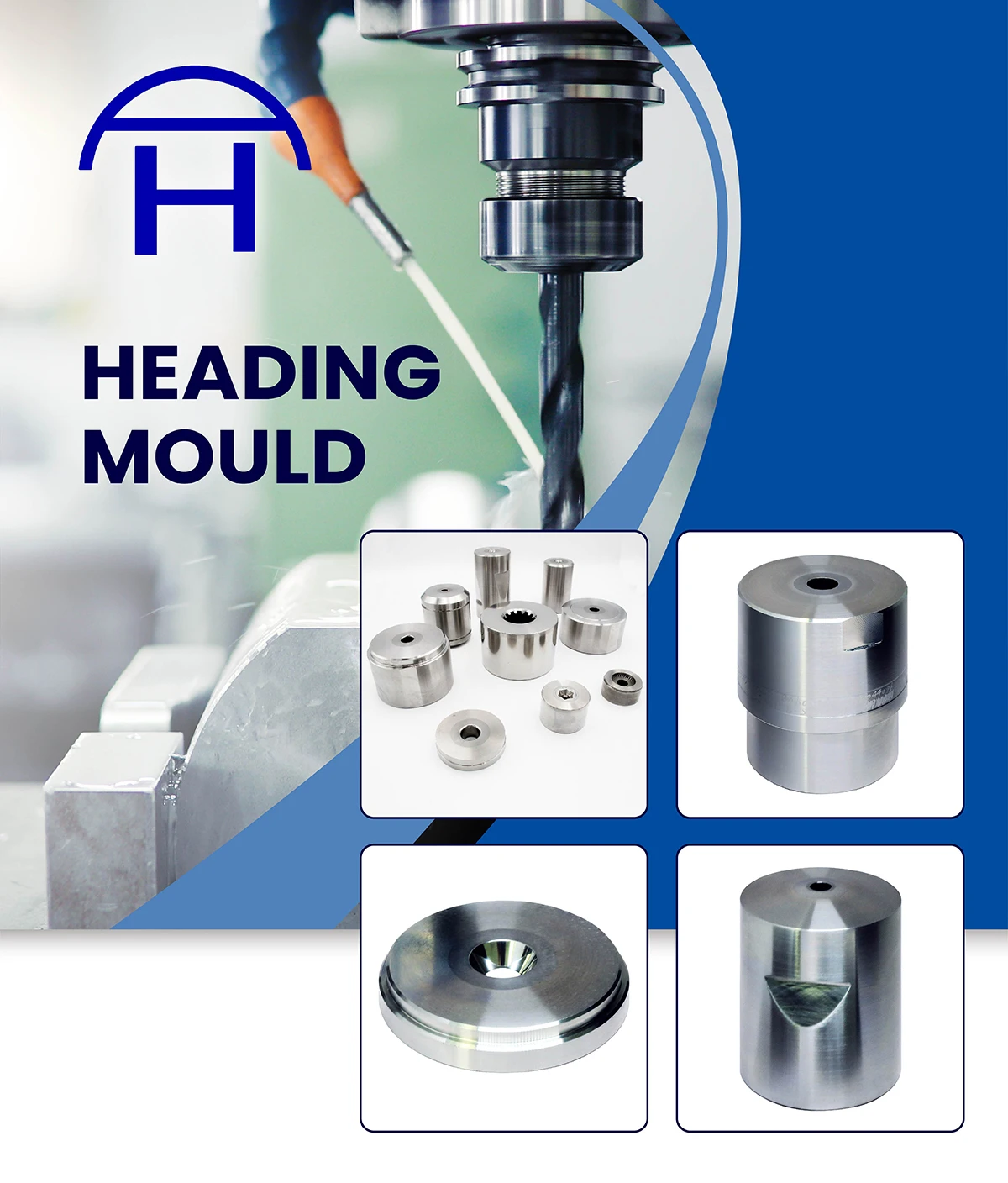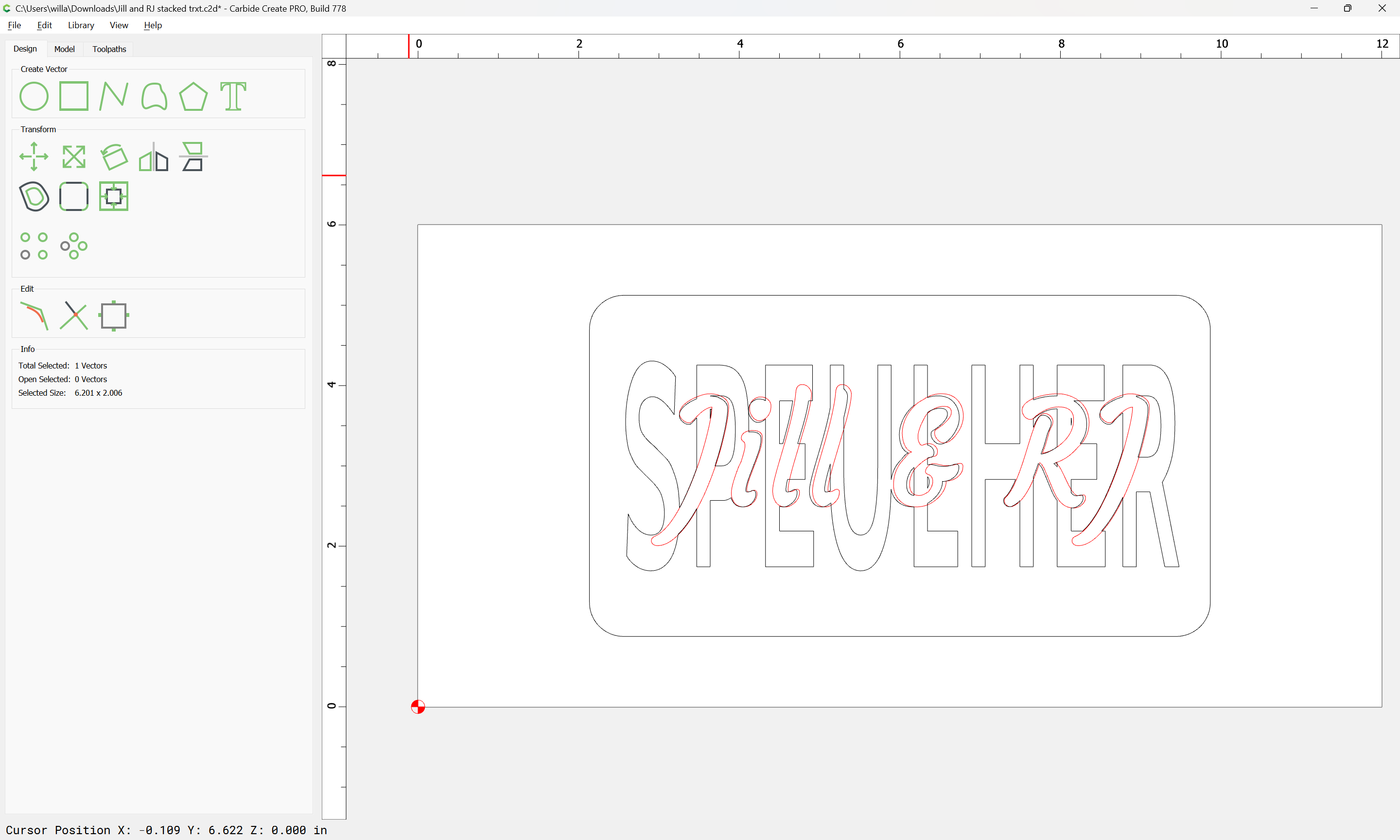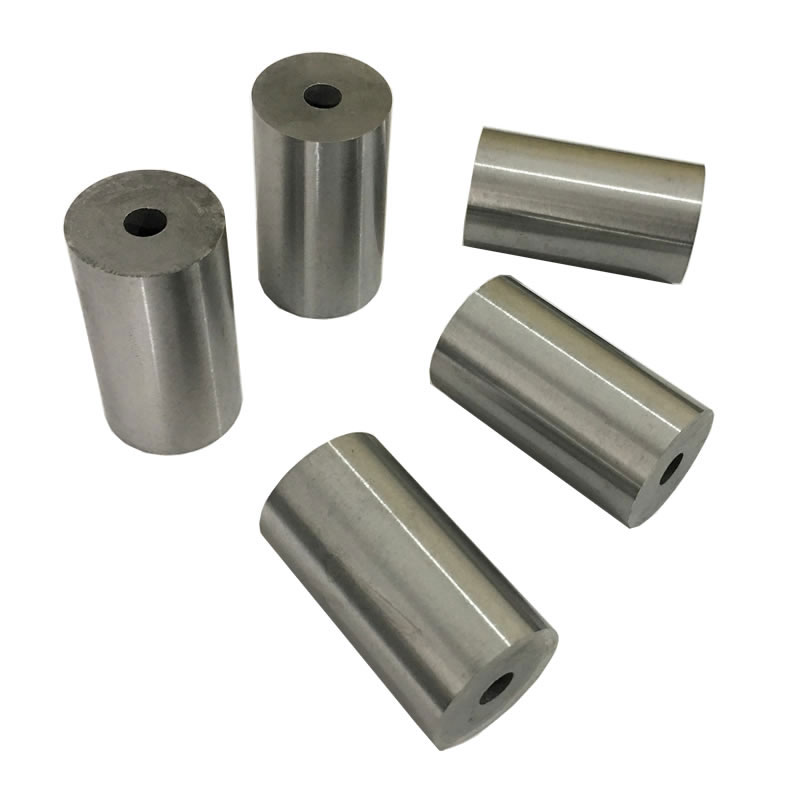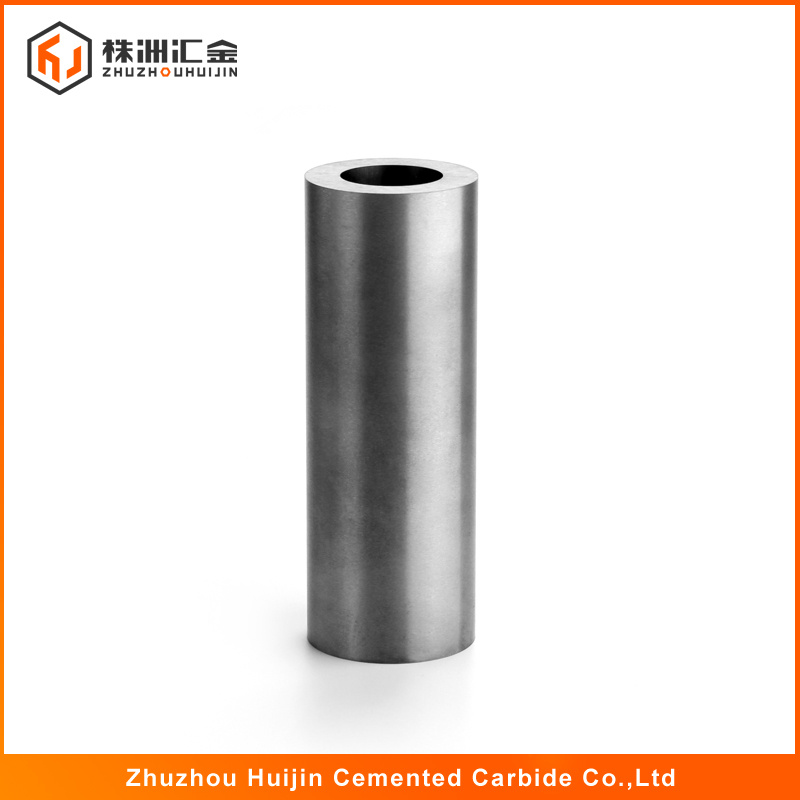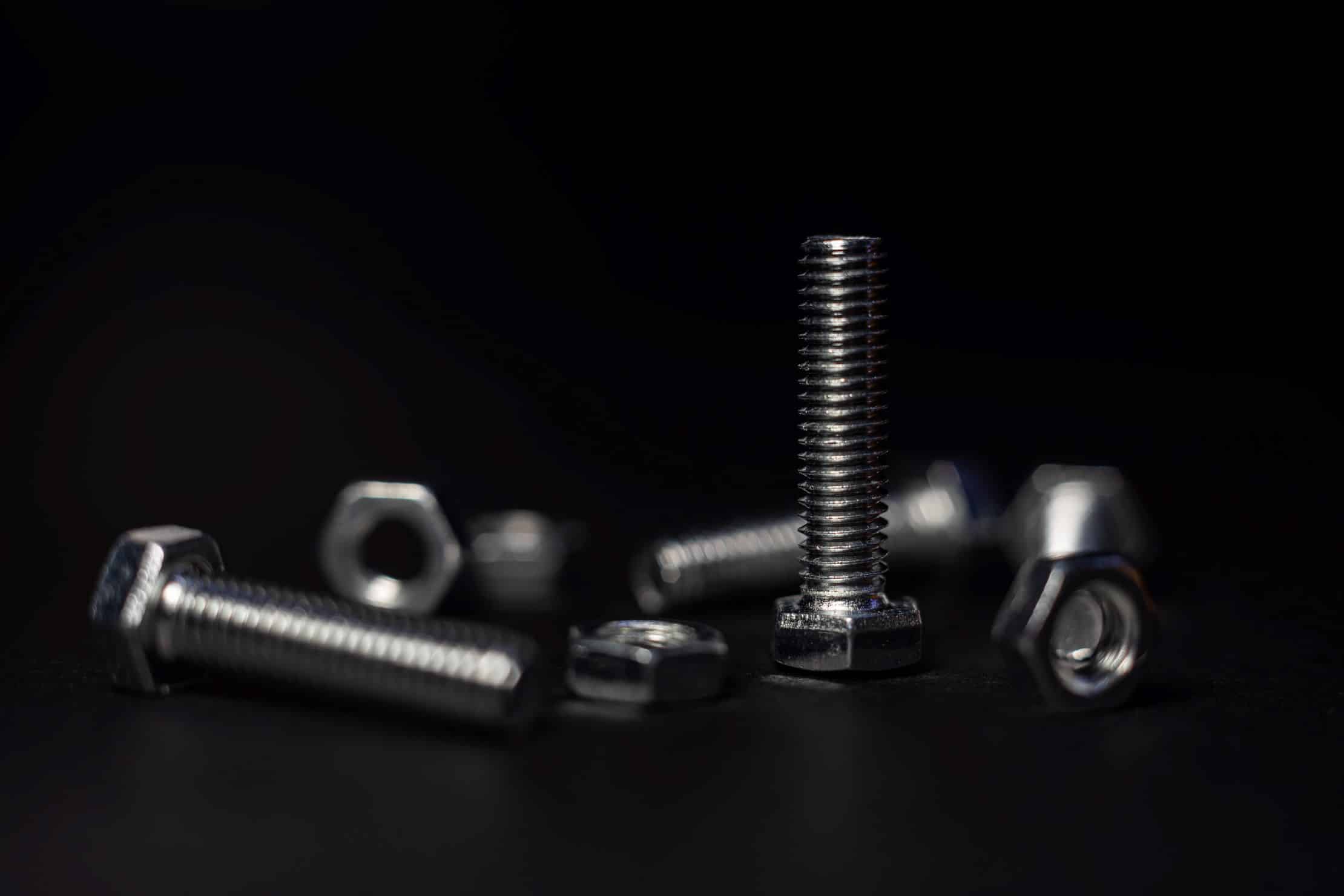
The Future of Fastener Manufacturing: What’s Next for Carbide Heading Dies in 2024 and Beyond?
The future of carbide heading dies in 2024 and beyond is being shaped by a powerful convergence of advanced material science, Industry 4.0 integration, and sustainable manufacturing practices. Key trends include the adoption of nano-grade carbides with multi-layered PVD coatings for unprecedented wear resistance, the integration of embedded sensors for real-time performance monitoring and predictive maintenance, and the revolutionary use of additive manufacturing to create dies with complex, optimized internal geometries that were previously impossible. These advancements are not just incremental improvements; they represent a paradigm shift in how high-performance fasteners are produced, driving greater efficiency, precision, and complexity across all industries.
